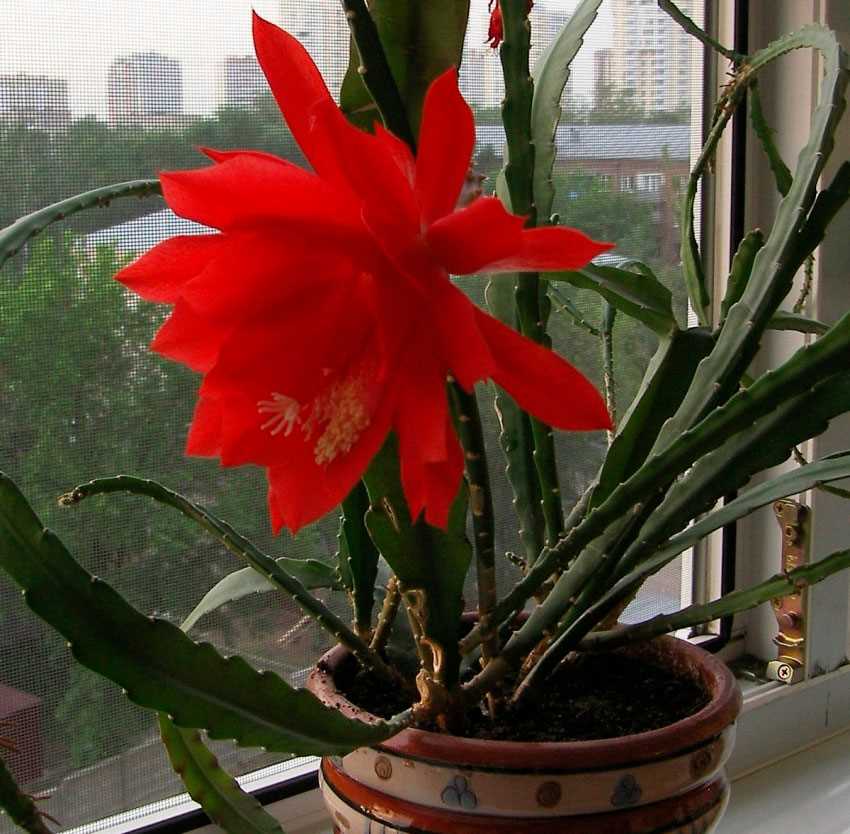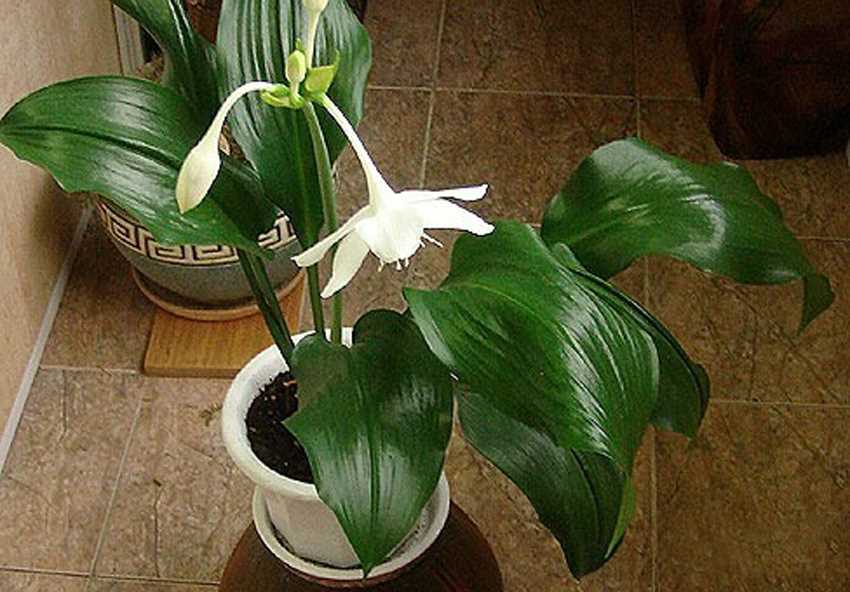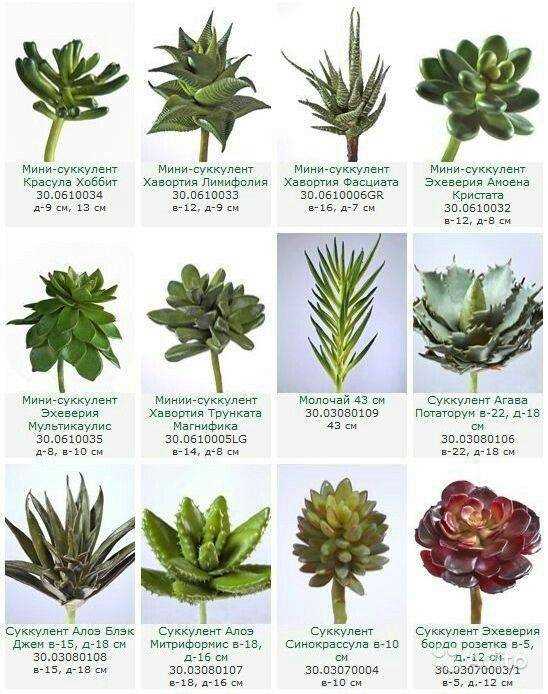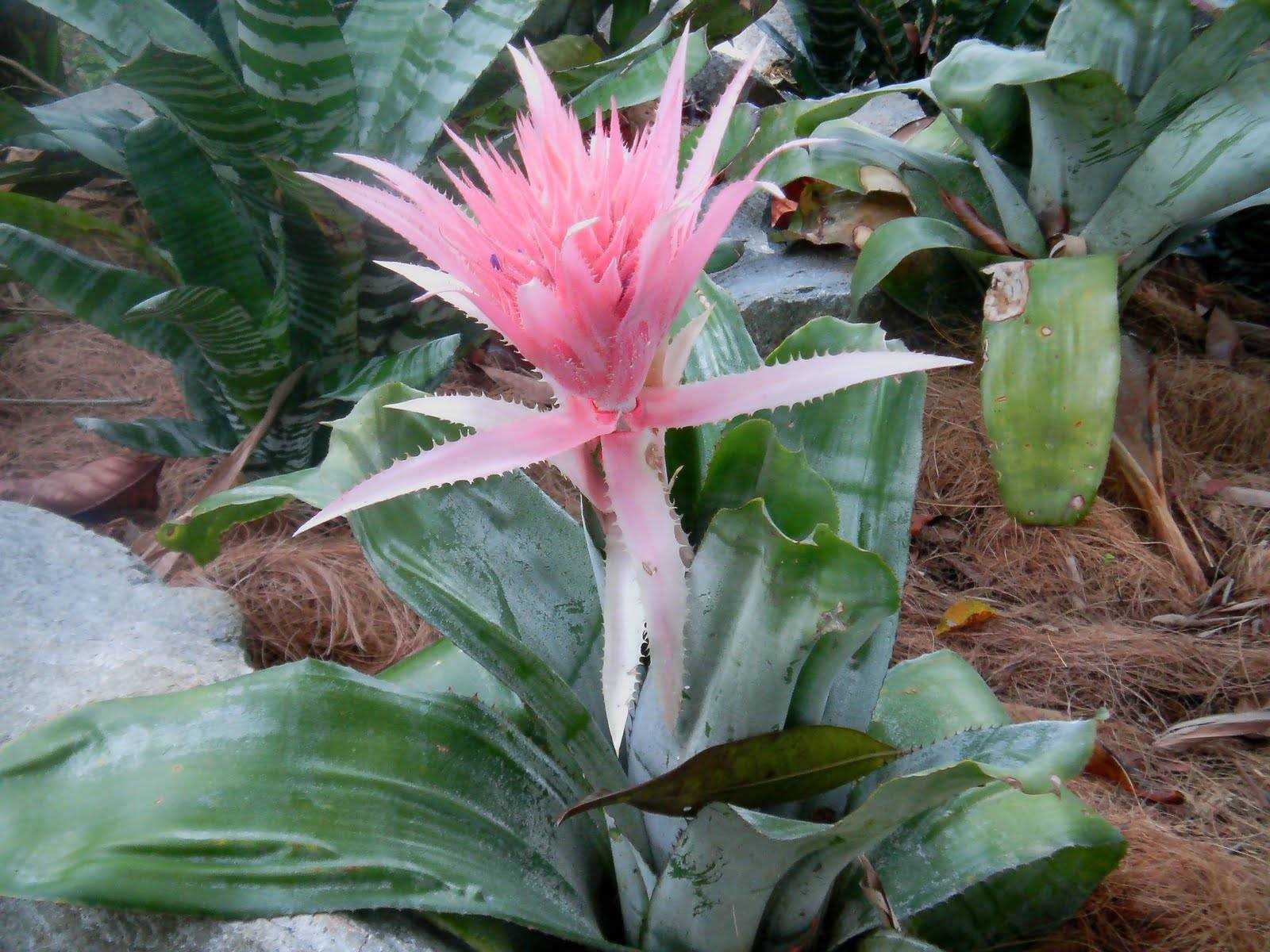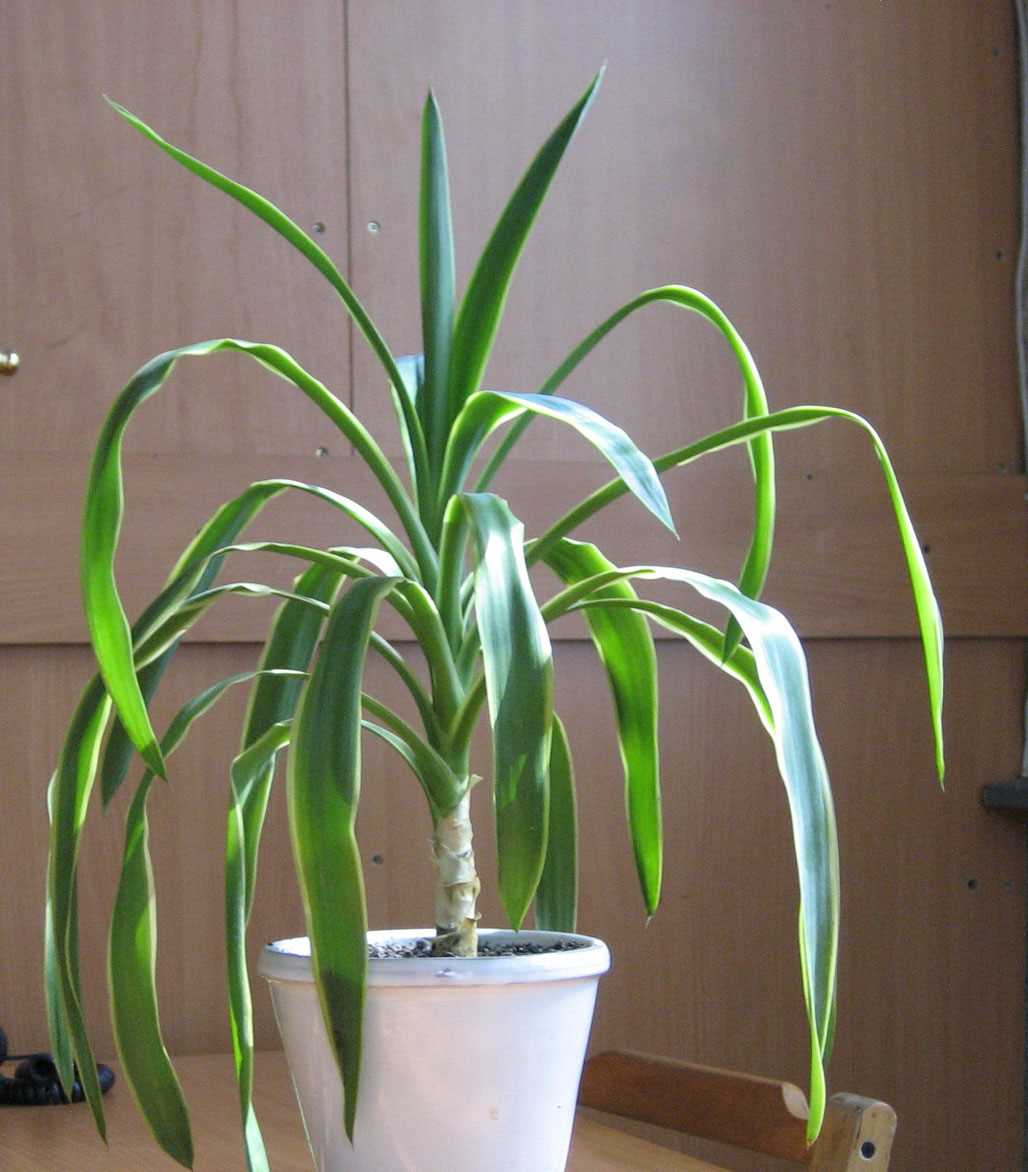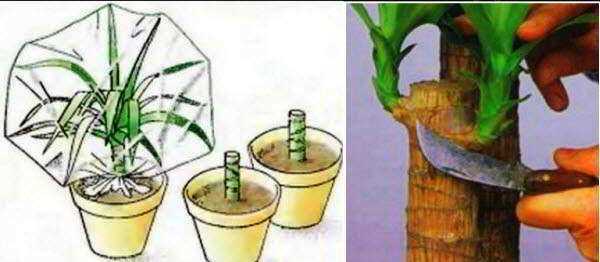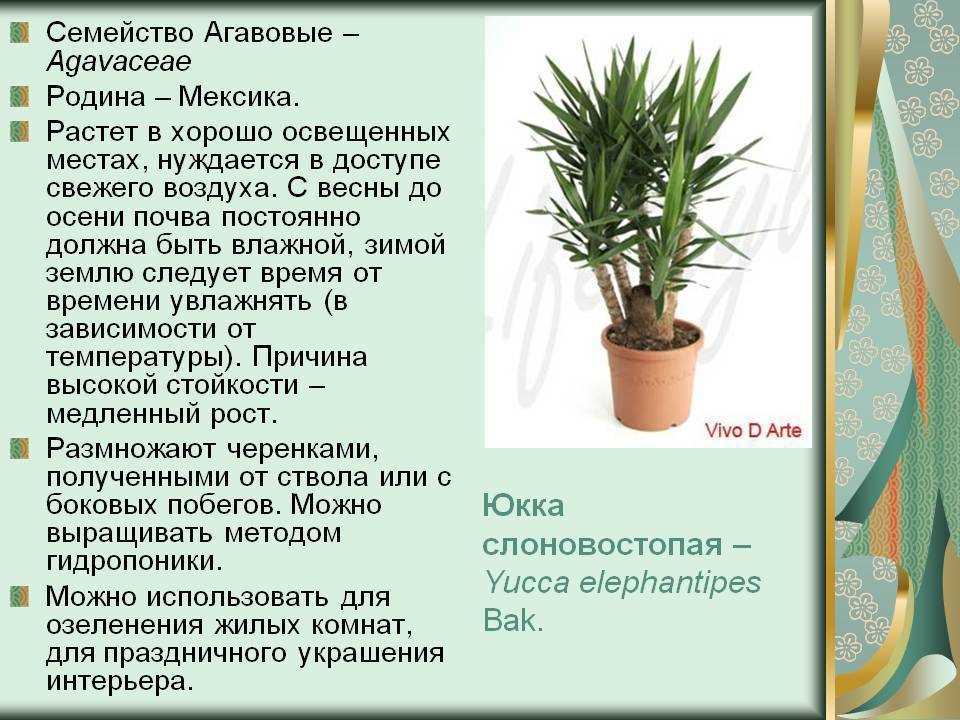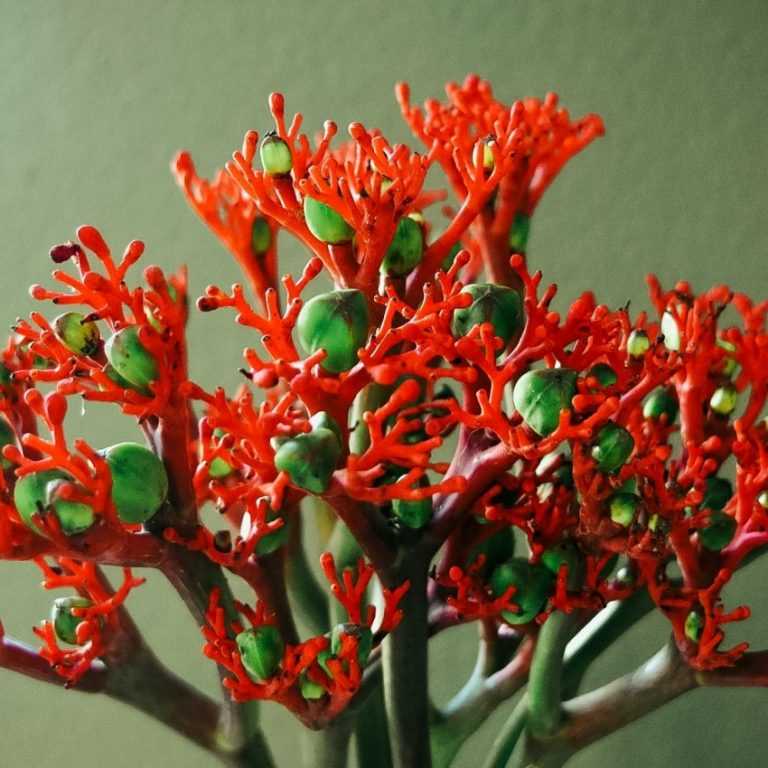- Польза масок из алоэ для кожи
- Секреты использования масок из алоэ для кожи лица
- Выбор маски
- Подготовка кожи
- Нанесение маски
- Удаление маски
- Как приготовить и применить маску из алоэ
- 1. Подготовка алоэ
- 2. Приготовление маски
- 3. Применение маски
- Эффективность масок из алоэ для проблемной кожи
- Влияние масок из алоэ на глубокие морщины
- Преимущества масок из алоэ перед другими косметическими средствами
- Как выбрать и сохранить алоэ для приготовления масок
- Выбор алоэ
- Хранение алоэ
- Подготовка алоэ для масок
- Предупреждения и противопоказания к использованию масок из алоэ
- Вопрос-ответ:
- Какие полезные свойства имеет алоэ?
- Как сделать маску из алоэ для лица?
- Как часто можно использовать маски из алоэ для лица?
- Для чего еще можно использовать алоэ, кроме масок для лица?
- Как долго хранить сок алоэ?
Алоэ вера — уникальное растение, которое обладает множеством полезных свойств для кожи. Использование масок на основе алоэ позволяет улучшить состояние кожи, увлажнить ее, устранить воспаления и раздражения. Такие маски являются естественным способом ухода за кожей, не содержат вредных химических веществ и дополнительных добавок.
Одним из главных преимуществ масок из алоэ является их увлажняющее действие. Сок алоэ способен проникать в глубокие слои кожи и насыщать ее влагой, делая ее более упругой и эластичной. Также алоэ содержит антиоксиданты, которые помогают бороться с признаками преждевременного старения кожи и предотвращают образование морщин.
Важной особенностью масок из алоэ является их успокаивающее и противовоспалительное действие. Если у вас есть проблемы с кожей, такие как покраснения, воспаления или высыпания, маски на основе алоэ помогут устранить эти проблемы и снять раздражение. Алоэ обладает антисептическими свойствами, которые способствуют заживлению ранок и мелких повреждений кожи.
Польза масок из алоэ для кожи
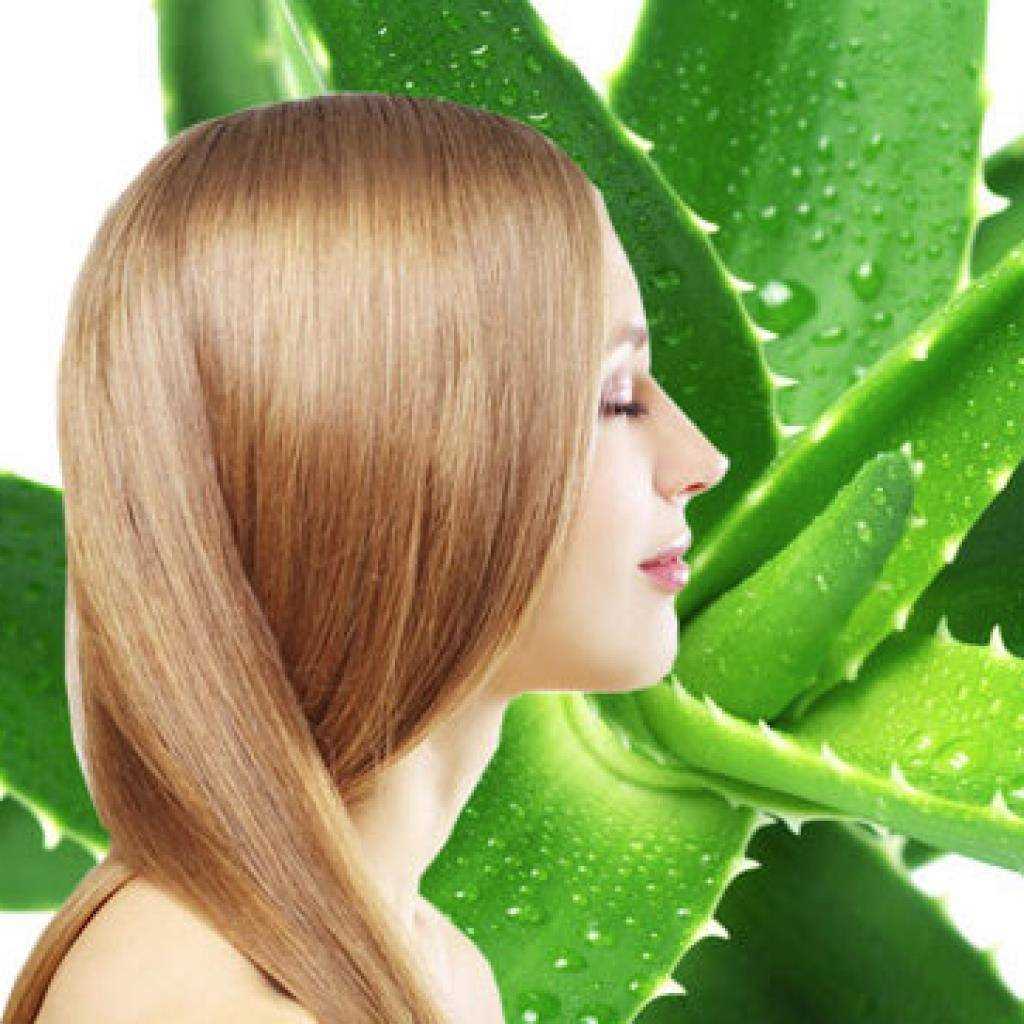
Маски из алоэ являются одним из самых эффективных средств по уходу за кожей. Алоэ содержит множество полезных веществ, которые питают и увлажняют кожу, способствуют ее омоложению и улучшают ее внешний вид.
В состав алоэ входят витамины, аминокислоты и минералы, которые активизируют обновление клеток кожи и усиливают ее естественную защиту. Также алоэ содержит ферменты, которые помогают разглаживать мелкие морщины и улучшают тонус кожи.
Маски из алоэ хорошо подходят для всех типов кожи, особенно для сухой и чувствительной. Они помогают увлажнить кожу, снимают воспаления и раздражения, устраняют шелушения. Также алоэ способствует сужению пор, что особенно важно для жирной и проблемной кожи.
Для приготовления маски из алоэ достаточно взять несколько листьев растения, выжать сок и нанести его на чистое лицо. Для усиления эффекта можно добавить другие природные компоненты, например, мед, оливковое масло или кокосовое масло. После 15-20 минут смыть маску теплой водой и наслаждаться свежестью и сиянием кожи.
Однако перед применением маски из алоэ стоит протестировать ее на небольшом участке кожи, чтобы убедиться в отсутствии аллергической реакции. Также следует избегать использования масок из алоэ при ожогах и повреждениях кожи, чтобы не вызвать дополнительного раздражения.
Секреты использования масок из алоэ для кожи лица
Маска из алоэ — отличное средство для ухода за кожей лица. Она богата полезными веществами, которые питают, увлажняют и тонизируют кожу. Правильное использование маски поможет достичь максимального эффекта.
Выбор маски
Перед тем как приступить к использованию маски, важно выбрать подходящую для вашего типа кожи. Если у вас сухая кожа, выбирайте маски с питательными компонентами. Для жирной кожи подойдут маски, которые контролируют выработку кожного жира. Для проблемной кожи подойдут маски, которые снимают воспаление и успокаивают кожу.
Подготовка кожи
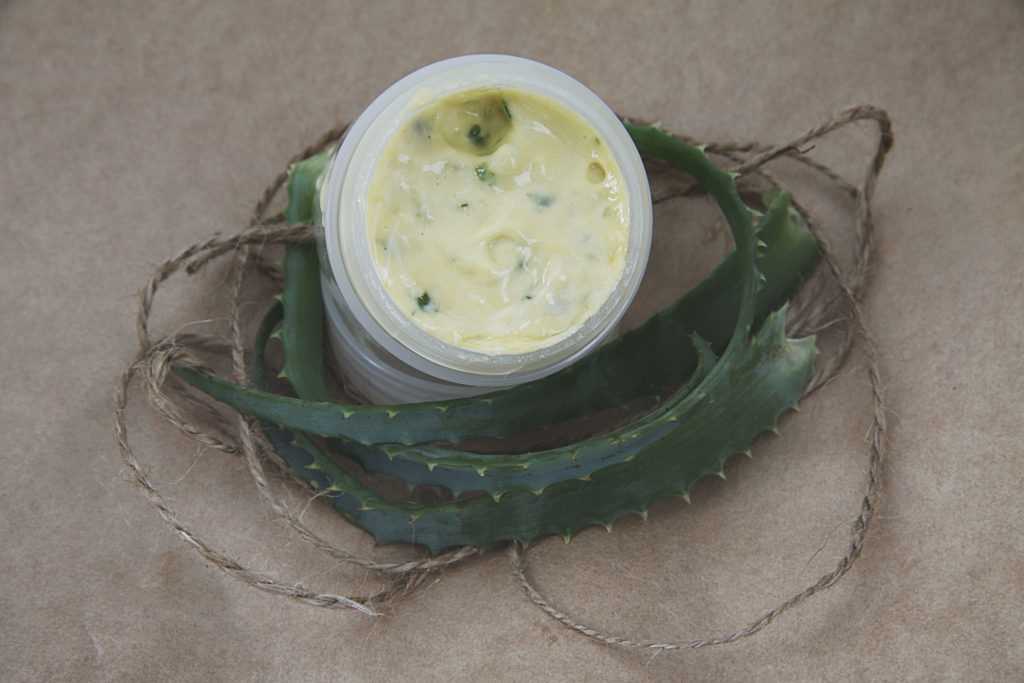
Перед нанесением маски необходимо очистить кожу лица. Лучше всего это сделать с помощью мягкого очищающего геля или пенки. Также можно использовать тоник для удаления остатков макияжа и загрязнений. После очищения кожи, ее следует тщательно высушить, чтобы маска лучше впиталась.
Нанесение маски
Аккуратно нанесите маску на лицо, избегая области вокруг глаз и губ. Равномерно распределите маску и оставьте на 15-20 минут для достижения максимального эффекта. Обратите внимание на то, чтобы маска не пересохла полностью, чтобы не вызвать дискомфорт при удалении.
Удаление маски
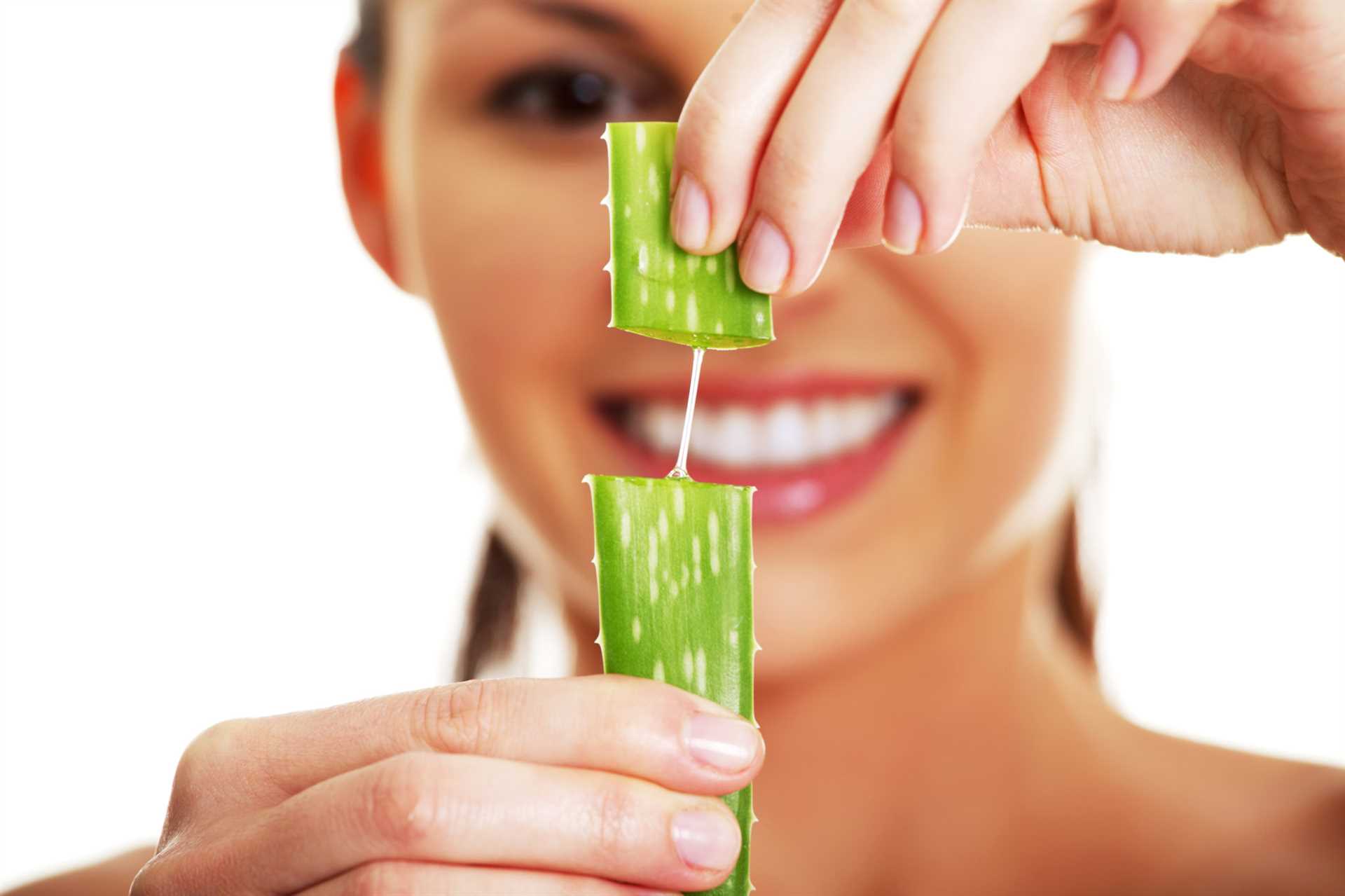
Чтобы удалить маску, промойте лицо теплой водой и удалите остатки маски с помощью мягкой ткани или ватного диска. После этого можно нанести на лицо увлажняющий крем для закрепления эффекта и обеспечения дополнительного ухода за кожей.
Использование масок из алоэ для кожи лица — это отличный способ улучшить состояние кожи. Следуя простым советам, вы сможете достичь максимального результата и наслаждаться здоровой и сияющей кожей.
Как приготовить и применить маску из алоэ
1. Подготовка алоэ
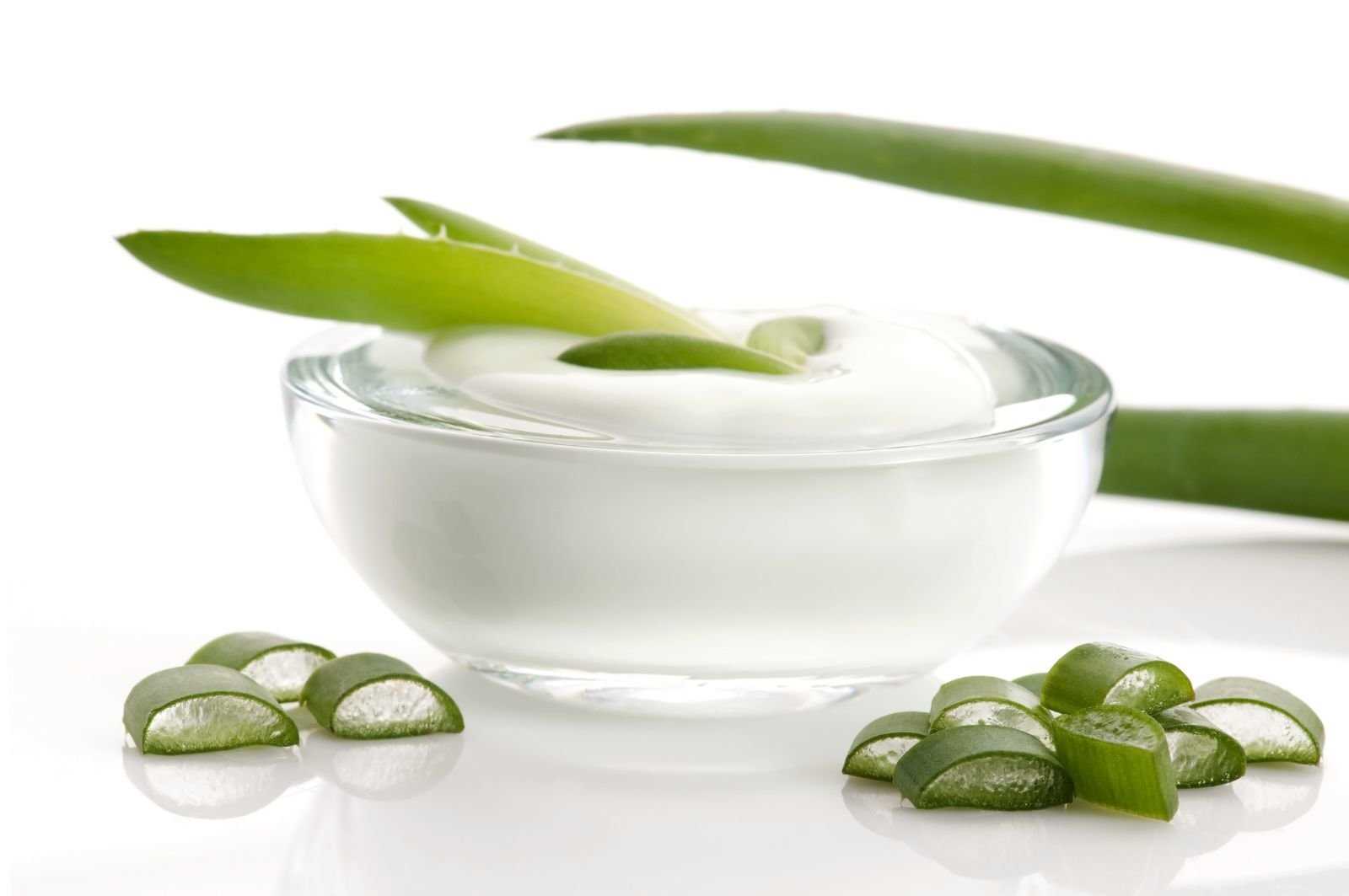
Для приготовления маски из алоэ, необходимо выбрать свежий лист растения. Желательно выбирать листы, которые находятся ближе к основанию растения, так как они содержат больше полезных веществ.
Шаг 1: Откусите кончик листа алоэ и оставьте его пролежать на протяжении нескольких минут, чтобы застоявшийся сок стек. Затем вымойте лист под проточной водой, чтобы удалить грязь и пыль. После этого просушите его салфеткой.
Шаг 2: Теперь необходимо удалить шипы с боковых сторон листа. Сделайте это с помощью ножниц или ножа, осторожно отрезая края листа со стороны шипов.
2. Приготовление маски
После того, как лист алоэ будет подготовлен, можно приступать к приготовлению маски. Вот несколько способов приготовления маски из алоэ:
- Способ 1: Скребите мякоть листа с помощью ложки и поместите ее в небольшую мисочку. Затем взбейте мякоть до получения однородной массы.
- Способ 2: Положите лист алоэ в блендер и взбейте его до образования сока. Затем процедите полученную массу через марлю или тонкую ситечку.
- Способ 3: Используйте натуральный сок алоэ, который можно купить в аптеке или магазине здорового питания.
3. Применение маски
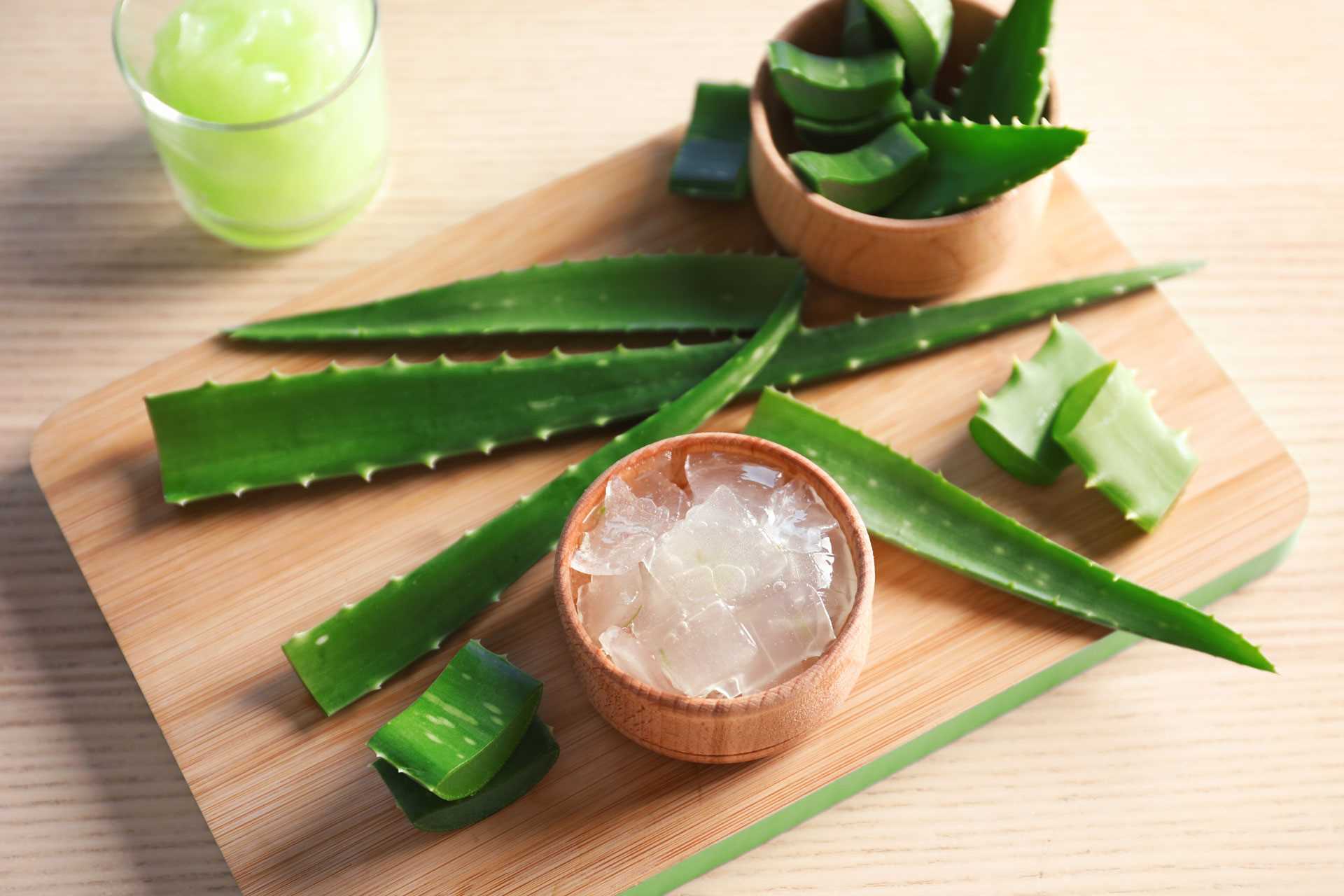
После приготовления маски, можно приступить к ее применению. Вот несколько шагов, которые следует выполнить:
- Шаг 1: Очистите лицо от макияжа и грязи, используя мягкое очищающее средство.
- Шаг 2: Нанесите маску на лицо равномерным слоем, избегая области вокруг глаз и губ.
- Шаг 3: Оставьте маску на лице на протяжении 15-20 минут, чтобы она могла действовать.
- Шаг 4: Смойте маску теплой водой, аккуратно помассировав лицо круговыми движениями.
- Шаг 5: Закройте поры холодной водой или льдом, чтобы укрепить эффект маски.
После применения маски из алоэ, кожа станет более сияющей, увлажненной и упругой. Повторяйте процедуру 1-2 раза в неделю для достижения наилучшего результата.
Эффективность масок из алоэ для проблемной кожи
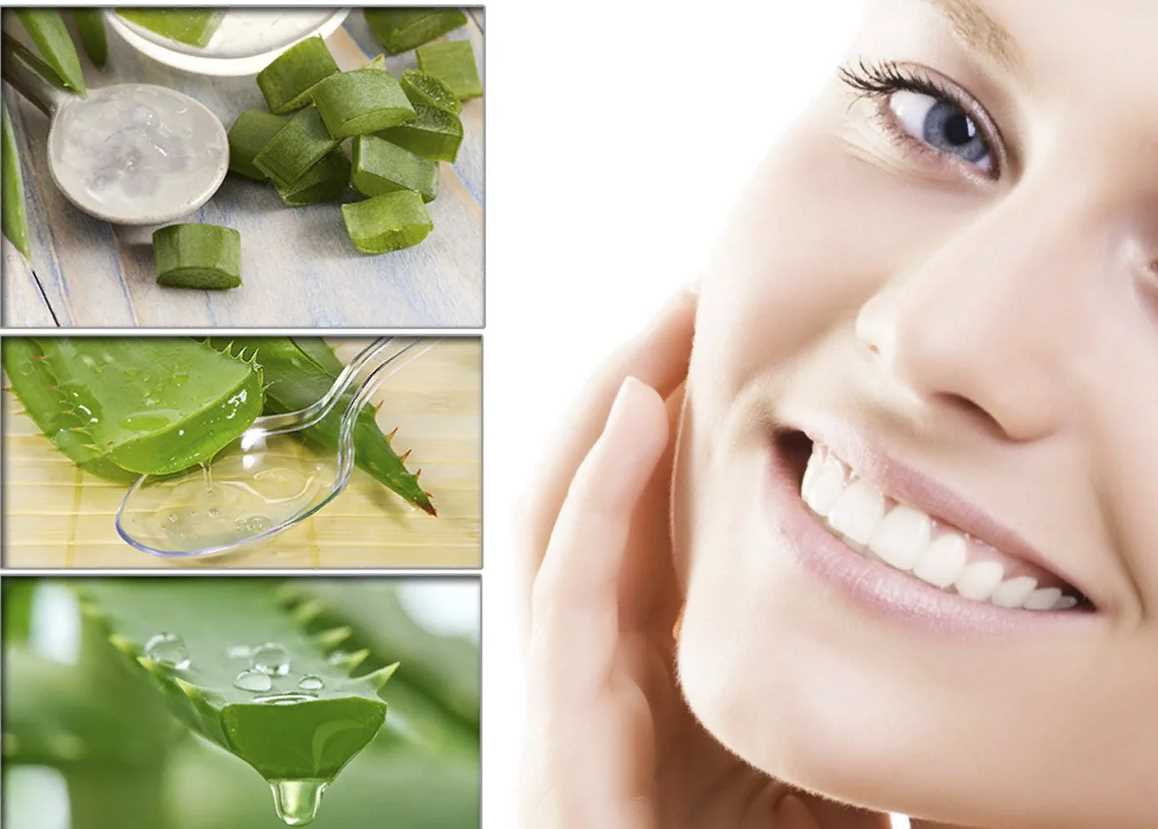
Проблемная кожа требует особого ухода и внимания, и многие ищут эффективные способы улучшения ее состояния. Маски на основе алоэ вера часто рекомендуются специалистами и заслуживают внимания благодаря своим полезным свойствам.
Алоэ вера — растение, известное своими антибактериальными, противовоспалительными и заживляющими свойствами. Благодаря содержанию полисахаридов и антиоксидантов, алоэ вера способствует регенерации клеток, увлажнению кожи и сокращению воспалительных процессов.
Маски на основе алоэ вера помогают уменьшить высыпания, снизить акне и прыщи, а также смягчить раздражения и покраснения на коже. Они освежают кожу, улучшают ее текстуру и делают ее более упругой.
Применение алоэ вера в масках для проблемной кожи может быть разным. Одним из вариантов является смешивание свежего геля алоэ вера с другими активными компонентами, такими как куркума, мед или греческий йогурт. Эти маски можно наносить на кожу лица на 10-15 минут и затем смыть теплой водой.
Еще одним способом использования алоэ вера является применение его геля как основы для приготовления гидрогелевых масок на проблемные участки кожи. Это позволяет активным компонентам маски проникать глубже в кожу и усиливать их действие.
Так стоп!!! Вы всё ещё не подписаны на наши каналы в Телеграмм и Дзен? Посмотрите: ТГ - (@historyfantasydetectivechat) и Дзен (https://dzen.ru/myshortsstorys)
Важно помнить, что каждая кожа уникальна, и реакция на маски из алоэ вера может быть разной. Перед применением нового продукта рекомендуется провести тест на аллергическую реакцию и убедиться, что маска подходит именно вашей коже.
Влияние масок из алоэ на глубокие морщины
Маски из алоэ являются эффективным средством для борьбы с глубокими морщинами на лице. Алоэ содержит в себе множество полезных компонентов, таких как витамины, минералы, аминокислоты, ферменты и антиоксиданты. Все эти вещества позволяют алоэ проникнуть в глубокие слои кожи и улучшить ее состояние.
Одним из ключевых свойств алоэ является его способность стимулировать производство коллагена, который отвечает за упругость и эластичность кожи. Регулярное применение масок из алоэ способствует укреплению коллагеновых волокон и уменьшению глубины морщин.
Кроме того, алоэ обладает противовоспалительным и успокаивающим действием, благодаря которому маски из алоэ могут помочь справиться с покраснениями и раздражениями кожи, которые часто сопровождают глубокие морщины.
Для приготовления маски из алоэ достаточно взять несколько листьев растения, выдавить из них сок и нанести его на проблемные участки кожи. Можно также добавить в сок алоэ другие полезные ингредиенты, например, оливковое масло или мед, чтобы усилить его эффект.
Рекомендуется использовать маски из алоэ регулярно, например, 2-3 раза в неделю. Через некоторое время вы заметите, что глубокие морщины стали менее заметными, а кожа приобрела более свежий и упругий вид. Однако, для достижения максимального эффекта рекомендуется также сочетать использование масок из алоэ с правильным питанием, увлажнением кожи и отказом от вредных привычек.
Преимущества масок из алоэ перед другими косметическими средствами
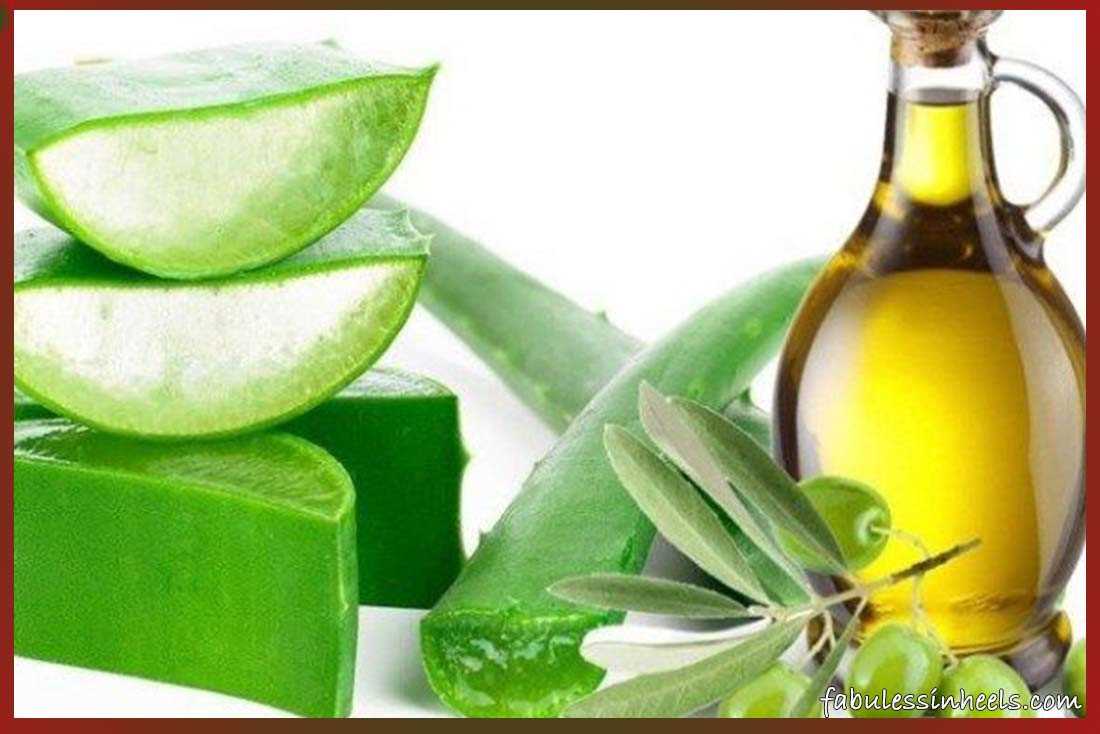
Очищение и увлажнение
Одним из основных преимуществ масок из алоэ перед другими косметическими средствами является их способность эффективно очищать и увлажнять кожу. Алоэ содержит активные вещества, которые проникают в глубокие слои кожи, удаляют загрязнения и токсины, а также увлажняют ее. Благодаря этому, маски из алоэ помогают повысить уровень увлажненности кожи, придать ей свежий и упругий вид.
Сокращение воспалений и раздражений
Алоэ обладает противовоспалительными свойствами, поэтому маски из алоэ могут эффективно справляться с различными воспалительными процессами на коже. Они снижают воспаление, успокаивают раздражение и покраснение, ускоряют процесс заживления акне, сыпей и других проблем кожи. Таким образом, маски из алоэ помогают достичь здорового и сияющего вида кожи.
Стимуляция процессов регенерации
Алоэ содержит богатый комплекс витаминов, минералов и антиоксидантов, которые способствуют активации процессов регенерации кожи. Маски из алоэ стимулируют выработку коллагена и эластина, что способствует уплотнению и разглаживанию кожи, а также уменьшению морщин и признаков старения. Они также способствуют заживлению мелких повреждений кожи, таких как ссадины или царапины, и помогают восстановить ее эластичность и упругость.
Улучшение тонуса и упругости кожи
Маски из алоэ помогают улучшить тонус и упругость кожи благодаря своим увлажняющим и питательным свойствам. Они способствуют стягиванию пор, улучшению текстуры кожи, а также способны уменьшить внешние признаки усталости и стресса. Маски из алоэ также могут обеспечить кожу необходимыми питательными веществами, увлажнением и активацией внутренних процессов обмена веществ, что способствует ее оздоровлению и восстановлению естественного сияния.
Как выбрать и сохранить алоэ для приготовления масок
Выбор алоэ
При выборе алоэ для приготовления масок стоит обратить внимание на несколько важных моментов. Во-первых, растение должно быть зрелым — лучше всего использовать листья, которые уже достигли длины около 20 сантиметров. Во-вторых, листья должны быть здоровыми и без повреждений. При покупке вы должны обратить внимание на цвет листьев — они должны быть зелеными и сочными, без пятен или увядания. Наконец, растение должно быть выращено без использования химических удобрений и пестицидов, чтобы гарантировать его природное качество.
Хранение алоэ
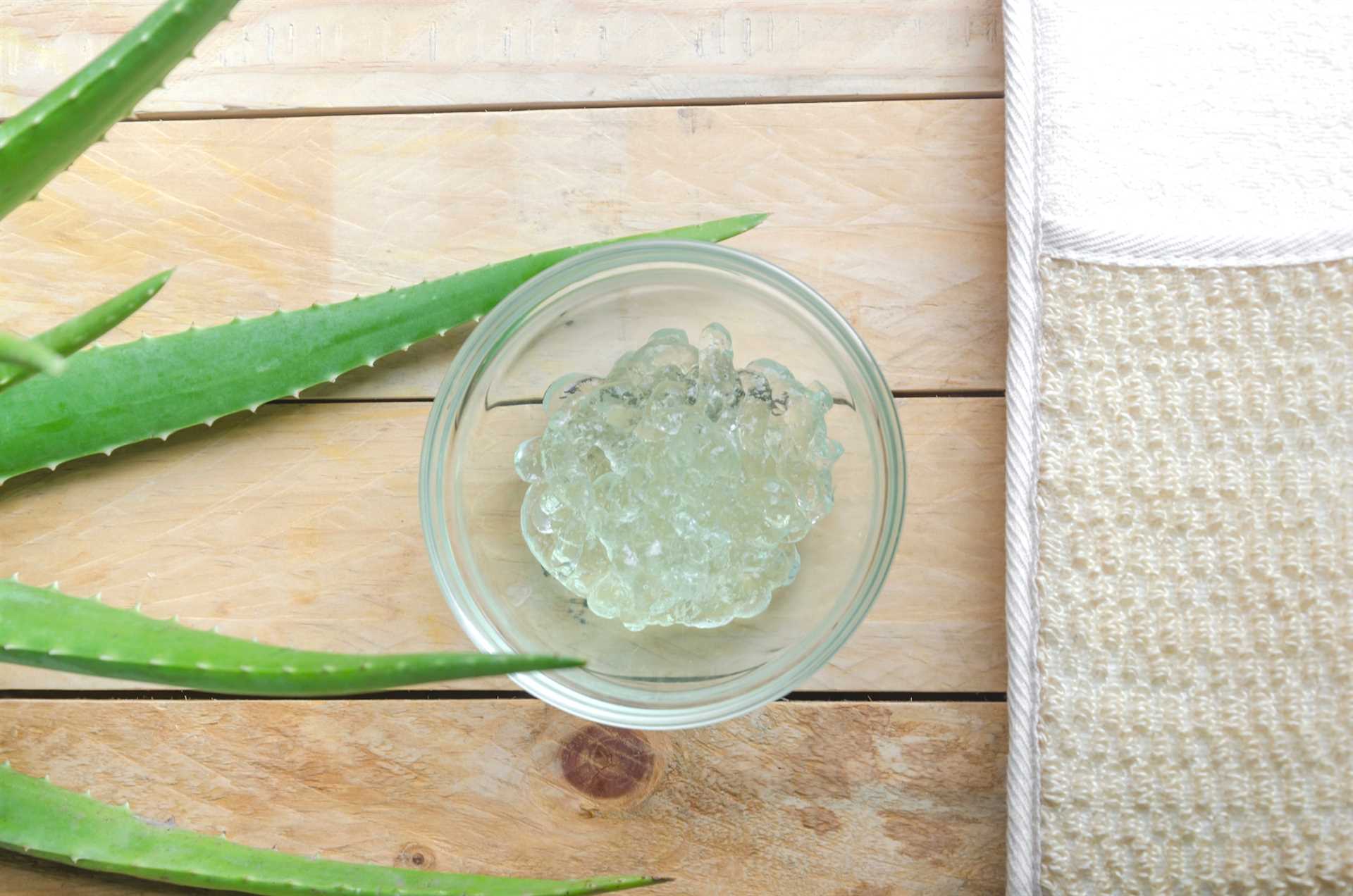
После покупки алоэ стоит правильно сохранять, чтобы его полезные свойства не утратились. Прекрасным вариантом является хранение листьев в холодильнике при температуре около 8-10 градусов Цельсия. Для этого необходимо обернуть лист во влажную тряпку или положить его в пластиковый контейнер с небольшим количеством воды. Таким образом, вы сможете сохранить алоэ свежим и сохранить его полезные свойства в течение нескольких недель.
Подготовка алоэ для масок
Прежде чем использовать алоэ для приготовления масок, необходимо правильно подготовить растение. Для этого нужно аккуратно срезать необходимое количество листьев у основания растения, предварительно удалив шипы с обоих сторон листа. Далее, лист следует промыть под проточной водой и аккуратно удалить верхнюю защитную кожицу, оставив только прозрачный мягкий гель, который содержит все полезные вещества. Готовый гель можно использовать непосредственно для приготовления масок. Остатки алоэ можно хранить в холодильнике до 1-2 дней, предварительно упаковав их в пластиковый пакет или контейнер.
Предупреждения и противопоказания к использованию масок из алоэ
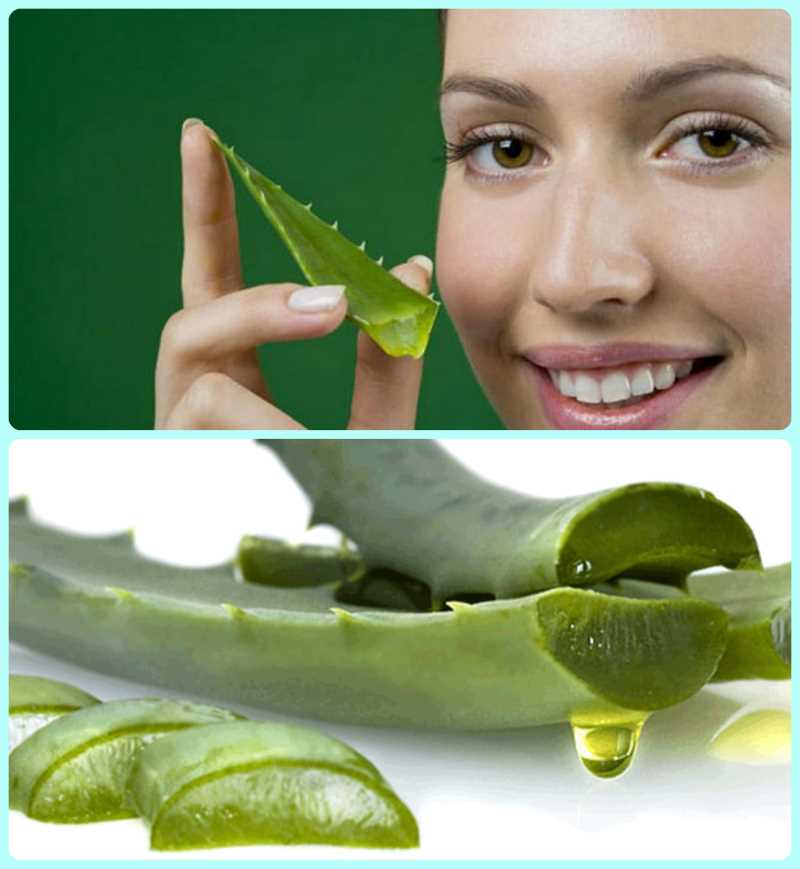
1. Индивидуальная непереносимость: Некоторые люди могут испытывать аллергические реакции на алоэ вера. Поэтому перед использованием масок из алоэ следует провести тест на небольшом участке кожи и оценить реакцию. Если возникает покраснение, зуд или другие неприятные ощущения, использование масок следует прекратить.
2. Ограничения для беременных и кормящих женщин: Некоторые исследования показывают, что определенные компоненты алоэ могут быть вредными для беременных и кормящих женщин. Поэтому перед использованием масок из алоэ во время беременности или кормления грудью, следует проконсультироваться с врачом.
3. Заболевания кожи: Людям, страдающим от определенных заболеваний кожи, таких как экзема или псориаз, следует быть осторожными при использовании масок из алоэ. В некоторых случаях алоэ может вызывать раздражение и усилить симптомы этих заболеваний.
4. Опасность для детей: Использование масок из алоэ на детской коже также требует особой осторожности. Детская кожа более чувствительна, поэтому перед использованием маски на лице ребенка следует проконсультироваться с педиатром.
5. Избегание контакта с глазами: При нанесении масок из алоэ необходимо избегать попадания продукта в глаза, так как алоэ может вызвать раздражение и жжение. В случае попадания маски в глаза, следует немедленно промыть их чистой водой.
6. Проверка качества: При покупке готовых масок из алоэ следует обращать внимание на должное качество продукта. Проверьте состав, срок годности и репутацию производителя, чтобы избежать вредных эффектов от некачественной продукции.
7. Ограниченность эффектов: Маски из алоэ не могут решить все проблемы кожи и быть универсальным решением. Возможно, они не будут эффективны в вашем случае или помогут только временно. Важно иметь реалистические ожидания и использовать маски как один из элементов комплексного ухода за кожей.
Вопрос-ответ:
Какие полезные свойства имеет алоэ?
Алоэ содержит вещества, которые способствуют заживлению ран, увлажнению кожи, снятию воспаления и улучшению обменных процессов в тканях.
Как сделать маску из алоэ для лица?
Для маски из алоэ для лица нужно взять несколько листьев растения, разрезать их пополам, выдавить сок и нанести его на лицо. Через 15-20 минут маску нужно смыть теплой водой.
Как часто можно использовать маски из алоэ для лица?
Маски из алоэ можно использовать 2-3 раза в неделю. Однако перед использованием стоит провести тест на аллергическую реакцию, нанеся немного сока на запястье и подождав 10-15 минут.
Для чего еще можно использовать алоэ, кроме масок для лица?
Алоэ можно использовать для улучшения состояния волос, ухода за кожей тела, лечения ожогов и ран, а также для укрепления иммунитета и очищения организма.
Как долго хранить сок алоэ?
В холодильнике сок алоэ можно хранить до двух недель. Для более длительного хранения его можно заморозить.

